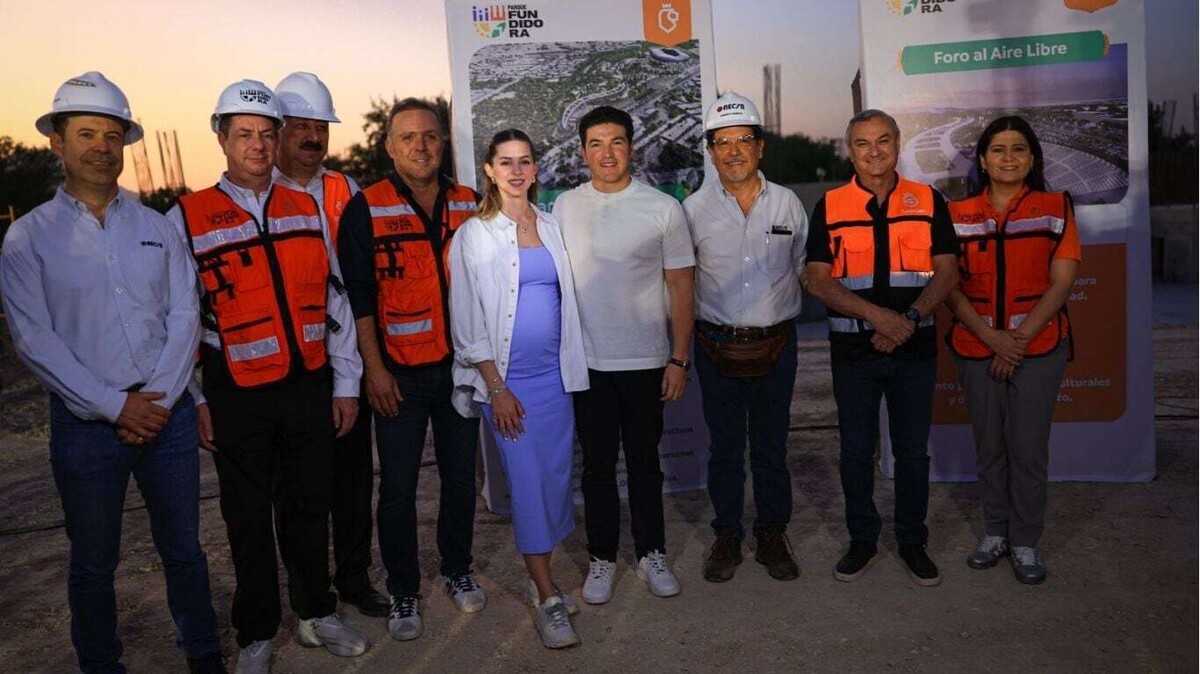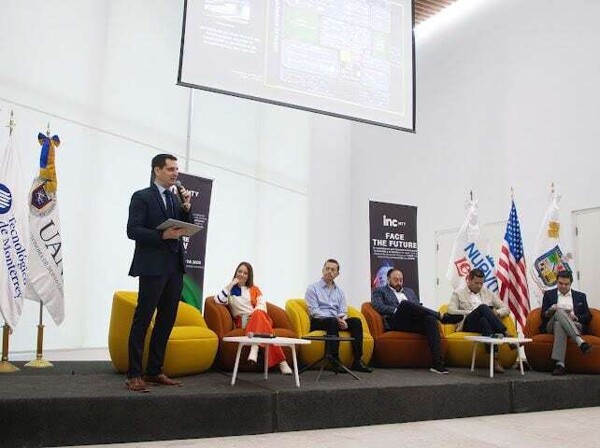
The Metropolitan Area of Monterrey is moving towards a greener and more sustainable future with the construction of the Water Park and the Green Corridor of Guadalupe, two large-scale projects that are shaping up to be the largest urban lung in the region. This innovative project, led by the Government of Nuevo León, is destined to become the largest and most sustainable park in Latin America, with 80 hectares of green areas and a design that seeks to transform the way citizens interact with the environment.
Governor Samuel García, accompanied by Mariana Rodríguez Cantú, head of AMAR a Nuevo León, and the mayor of Guadalupe, Héctor García, oversaw the progress of this project, which is generating great expectations among the people of Monterrey. During his visit, the governor highlighted the connection of this project with various key points in the city, such as Cerro de La Silla, the BBVA Stadium, Capullos, the Children's Hospital, and Parque España, creating an ecological network of more than five kilometers that will integrate various green and recreational areas.
The Water Park will stand out for its sustainable infrastructure, with the collection of rainwater stored in five cisterns. Among its main attractions are an outdoor forum with a capacity for 4,000 people, a main corridor with a distinctive snake-shaped roof, and a bridge that will directly connect the park with DIF Capullos, facilitating access for families and children.
On the other hand, the Green Corridor of Guadalupe, which is in the process of rehabilitation, will connect the Water Park with Parque España. This corridor of nearly one kilometer will feature wide sidewalks, bike lanes, and resting areas, promoting sustainable mobility and improving air quality in the city. With the planting of 185 trees and new ecological infrastructures, this corridor will help reduce the heat island effect and strengthen the state's commitment to the environment.
Together, the Water Park and the Green Corridor reflect Nuevo León's commitment to creating a more livable environment, with natural spaces accessible to all and focused on sustainability. These ambitious projects are projected to be completed by spring 2026, marking a milestone in the history of Monterrey by offering the largest urban lung in its history.














